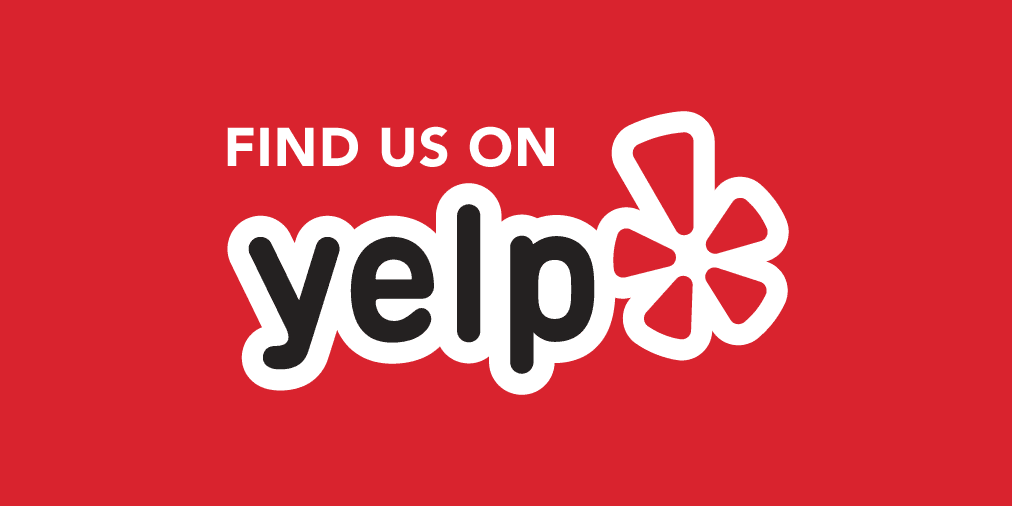
When you look at a logo, what do you see? Probably a simple, yet creative design that represents a brand. Although most logos are designed to be relatively simple, does that make their creation a simple process? No. We are exposed to thousands of marketing messages every day, which makes it difficult for brands to compete for viewers’ attention. As a result, brands may only have a split second to get their message out. Therefore, effective logo design is vital to brands and the task of creating a logo to appropriately represent a brand should not be taken lightly.
Color
One of the major components of logo design is the color scheme. Colors are incredibly important to logos because they can help audiences position the logo (and represent a brand). For example, McDonald’s, Carl’s Jr., In-N-Out Burger, Burger King, and Wendy’s all contain the colors red and yellow. Red normally represents courage, energy, boldness, love, and sexuality; yellow generally represents warmth and optimism. However, when you mix the two together, they can represent another idea, food and hunger. We often associate red and yellow with the condiments ketchup and mustard, which is why those brands use red and yellow in their logos to get audiences to visit the restaurants. Subway uses green and yellow to represent health and freshness. Below is a list of general ideas associated with specific colors:

- White: light, purity, innocence, goodness, and safety.
- Black: power, death, evil, elegance, and the unknown.
- Red: courage, energy, boldness, love, sexuality, passion, war, danger, and power.
- Orange: joy, enthusiasm, happiness, and creativity.
- Yellow: joy, intellect, energy, caution, and freshness.
- Green: freshness, growth, harmony, envy, fertility, and nature.
- Blue: stability, trust, loyalty, wisdom, confidence, healing, and softness.
- Purple: royalty, nobility, power, luxury, and femininity.
- Pink: femininity, playfulness, and sweetness.
- Brown: stability, nature, and masculinity.
- Gold: royalty, loyalty, and wealth.
Relevance to the Brand
In order to represent a brand, the logo needs to properly represent the attributes of the brand. For example, Wikipedia is known as the free online encyclopedia, where users can contribute to articles to add in more information. The website and application is also available in many different languages. Their detailed logo contains letters from different languages on individual puzzle pieces. Those puzzle pieces make up a nearly completed sphere. The unique attributes of Wikipedia’s website are used in the logo to help place a specific message in minds of consumers.
The Apple, Inc. logo also clearly depicts the company’s attributes. The well-known logo consists of an apple icon with a bite taken out of it. This represents Apple’s successful, easy-to-use products and their clean design aesthetic.
Logo Flexibility
Now that we live in the digital age, logos need to be accessible on multiple forms of media. There are many elements to consider with logo flexibility:
- Logo size: Size can change depending on the form of media you choose to use. Although a logo may look great as 180×180 pixel profile picture, will it still look good when the size is increased elsewhere? Is it vector based? If not, is it large enough to work on banners and other large forms of media?
- Color: While we discussed color above, there are some flexibility issues that can cause problems for brands. The colors of a logo will need to look professional on multiple backgrounds, and with multiple design styles. Certain brands have logos that contain multiple colors, but can be turned monochromatic if necessary. Designers need to consider the media platforms being used before colors are incorporated.
- Cross-Cultural branding: If your brand is currently doing business in multiple countries, or considering expanding into other countries, there are multiple variables that need to be considered. Colors represent different ideas in different cultures. What works in the United States may not work in France or Germany. Symbols also contain different meanings in different countries. For example, the logo for Thumbs Up (a nonprofit organization for kids), would not be acceptable in the middle east and parts of Italy because a thumbs up gesture is considered a rude gesture.
Logos take time and effort to create because of all the different variables that have to be considered. It is important to create a logo that represents your brand with a visual design that helps convey the brand’s specific message. A brand’s logo is the visual representation of the company, so it is imperative that the image appropriately represent the brand’s identity.








